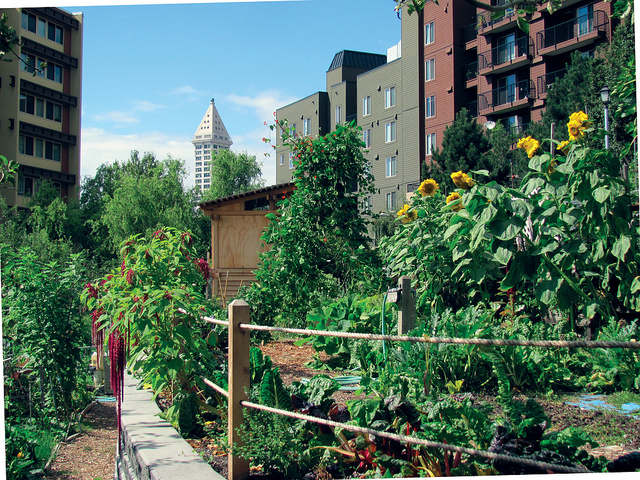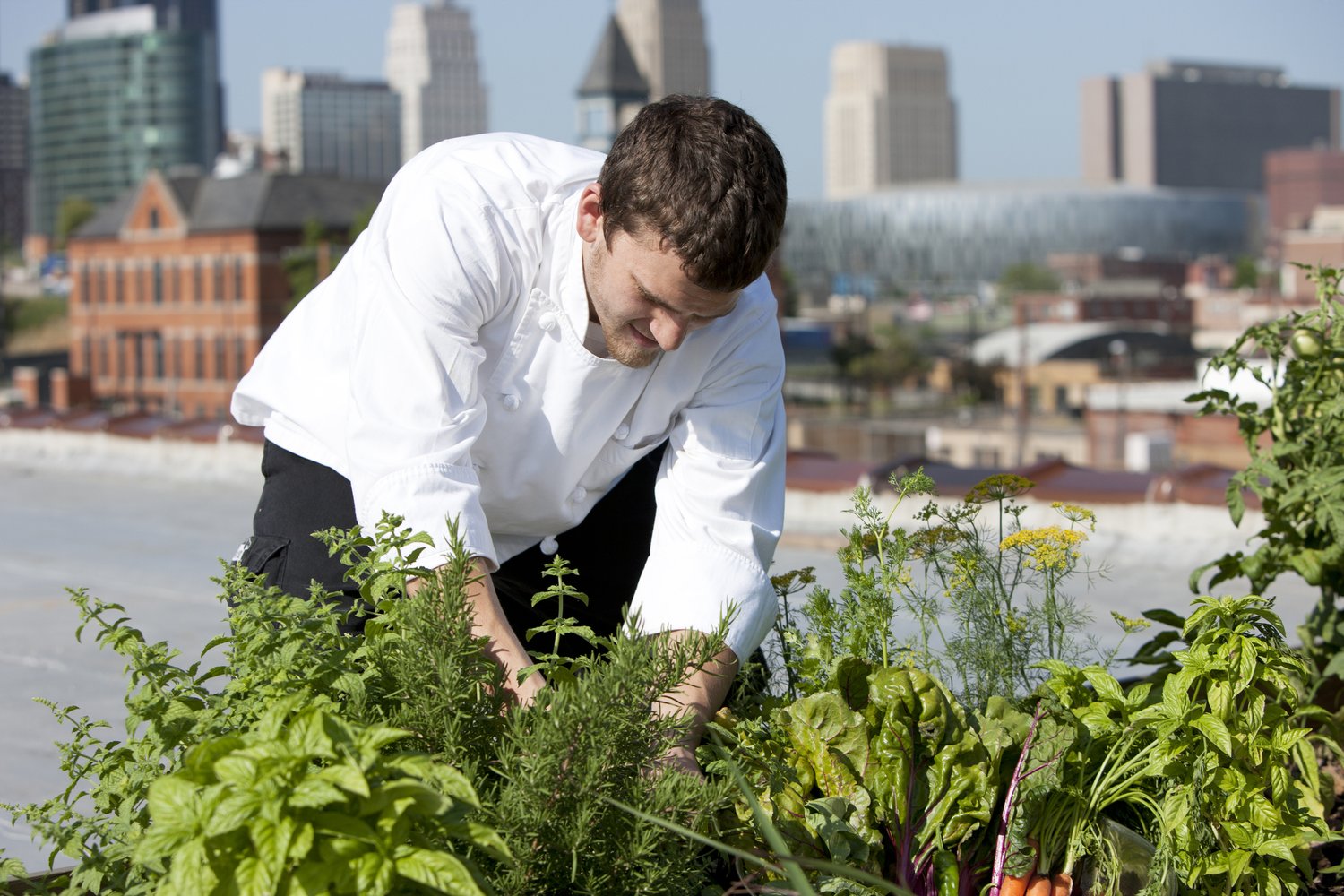Some Ideas on City Blooming You Need To Know
Some Ideas on City Blooming You Need To Know
Blog Article
Unknown Facts About City Blooming
Table of ContentsThe Buzz on City BloomingThe Single Strategy To Use For City BloomingAll About City BloomingThe Of City BloomingGet This Report on City Blooming
Intrigued in growing food available in the City of Chicago? Thinking of beginning a community yard? Adjustments to the Chicago Zoning Ordinance enable farming usages like community gardens and metropolitan farms in lots of parts of the city. Below is a list of frequently asked questions pertaining to the regulations and regulations that growers should consider when intending a city agriculture project.
The zoning amendment does not change any other codes handling composting, structure permits, purchasing or leasing City had property, service licenses or environmental contamination. There are existing codes that control these problems and they stay completely effect and might be relevant to your project. Community yards are normally had or taken care of by public entities, public companies or community-based companies and maintained by volunteers.
Urban farms grow food that is meant to be offered, either on a nonprofit or for-profit basis. Due to their commercial function, urban ranches need a business certificate.
Excitement About City Blooming
Composting is allowed but just for plant product that is produced and used on site. The amount of compost product can not go beyond 25 cubic backyards at any kind of given time according to the requirements in 7-28-715 of the City's Municipal Code. Yes. Because the dirt at a lot of brand-new garden websites requires changing, compost, dirt, wood chips, or other materials can be gotten to construct or boost the expanding area - fruit and vegtables.

If a building permit is required then the hoophouse will certainly be thought about an accessory structure. You can discover even more about the structure license needs by calling the Division of Buildings. The 25,000-square-foot size restriction is intended to avoid a solitary community garden from dominating a given block or detracting from the block's existing residential or business character.
The limit does not apply to yards situated in Public Open Space (POS) districts. Can there be even more than one neighborhood garden that is 25,000 square feet on a solitary block? Secure fencing is not needed, however, yards that have large auto parking locations might be needed to set up fencing or other landscaping functions.
The Definitive Guide for City Blooming
B1 & B2 districts call for that all industrial use activities be carried out inside. Is fencing needed for urban ranches? Fencings may be required, along with landscaping and testing, for specific car parking locations and outside job or storage space locations depending on location and the details task taking area.
Yes. Urban ranches require structure permits and zoning approvals before building. Various other types of city review might be needed relying on specific frameworks, tasks, dimension, landscaping, licensing, public health and stormwater administration problems. Numerous of these needs are recognized in the task layout or permitting procedure, however, the applicant may be accountable to separately recognize details licenses or permits that may be needed.
The Department of Service Matters and Customer Defense can assist identify the particular type of organization certificate that's needed. Off street auto parking is required for the majority of industrial tasks in Chicago. The needed over at this website number of vehicle parking spaces is based on the number of employees working on site and not the square video of the expanding space.
Some Known Details About City Blooming

A city ranch can offer compost material produced on website, nonetheless, the procedure has to conform with the laws in 7-28-715 of the Chicago Municipal Code. Aquaponic systems are enabled inside your home on metropolitan ranches in many zoning areas.
Up to 5 hives or swarms of honey bees might be maintained as an accessory use. However, beekeepers must sign up with the Illinois Division of Farming. To find out more about the suggested zoning modification you may speak to the Department of Real Estate and Economic Development, Bureau of Preparation and Zoning at 312.744.8563.
Farming in cities and urban areas A metropolitan farm in Chicago. Urban agriculture describes various practices of growing. https://www.dreamstime.com/danielnold94107_info, handling, and dispersing food in city locations. The term additionally uses to the location activities of pet husbandry, tank farming, beekeeping, and cultivation in a city context. Urban farming is distinguished from peri-urban farming, which takes place in backwoods at the edge of suburbs.
Excitement About City Blooming
It can include a motion of organic farmers, "foodies" and "locavores", who look for to form socials media based on a shared values of nature and area holism. These networks can create using official institutional support, coming to be integrated right into local town as a "change town" activity for lasting metropolitan development.
Some of the very first proof of urban farming comes from Mesopotamia.
Report this page